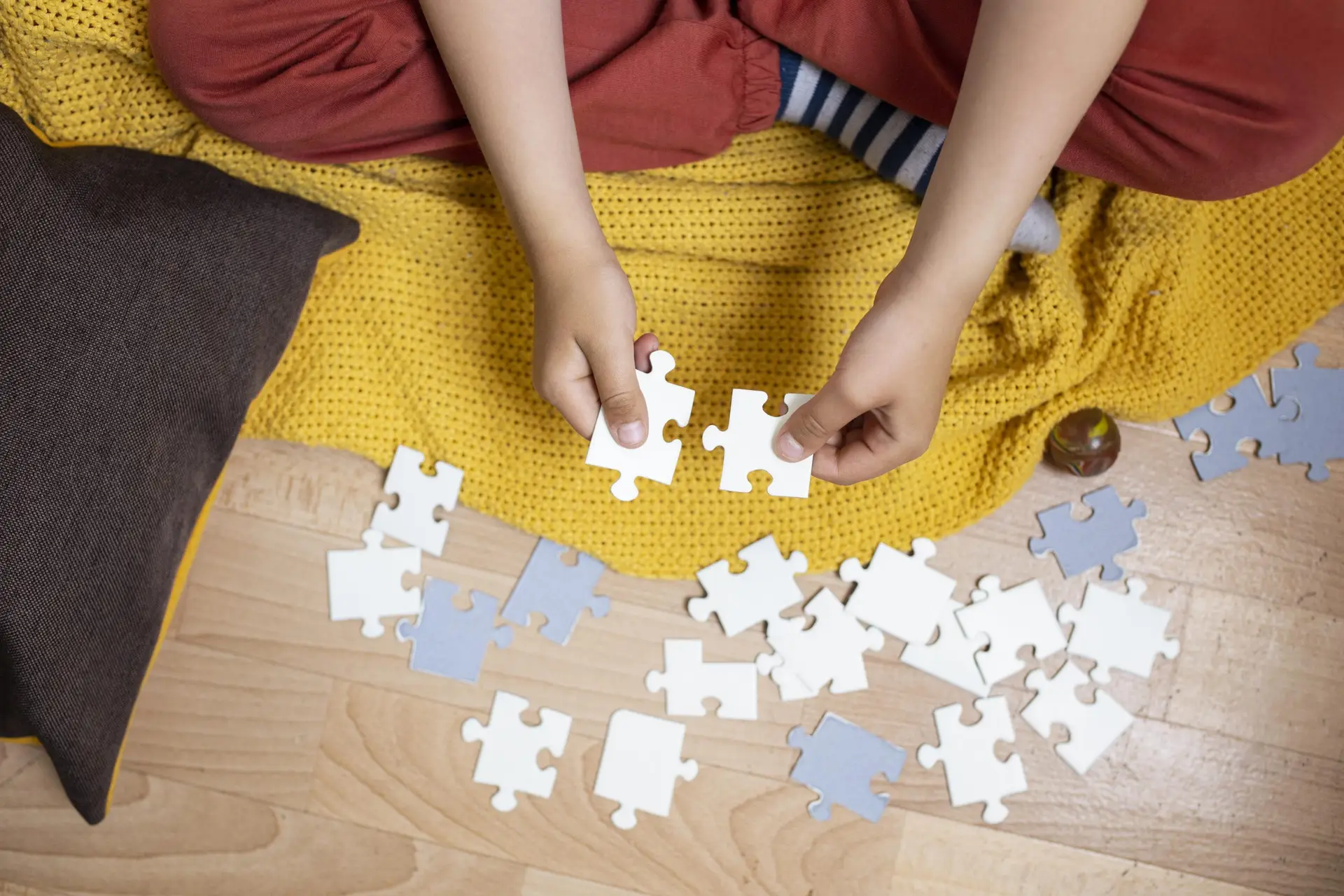A lot has been written about how flexible the brain is when it comes to learning new things.
Take learning a new dance step, for example. Let’s say you are right-handed and you are learning a complicated hand-arm movement to twirl your partner in the opposite direction.
Chances are the first time you try it, you’ll muck it up. It’s not because you have two left feet and a bias toward moving your right arm, but it’s because you will be exercising a different part of your brain and may be turning anti-clockwise.
It takes time and repetition to get the move down. Some people will take longer to learn the new steps, but with enough patience and reinforcement, they will learn it.
The same principles can be applied to designing an effective learning program.
Now neuroscience is helping L&D managers become better “dance” instructors.
There are three key areas that influence learning design from a neuroscience perspective. The first is how people learn and remember new material. Researchers have found that people learn better if the material is repeated and presented with a time out to absorb the new information.
The second step in the learning dance is understanding what motivates people to learn. You’ll get pushback if you tell people they have to do their job in a new way. The idea is to pique interest, not threaten. It’s a difficult, intricate, move. But it is often helped along with positive reinforcement.
Step three is where your partner twirls to the new dance. This is where the new behaviour becomes part of the integrated dance. Since most dances are based on repetitive steps before embellishments are added, it is critical that the new behaviour basics are understood and incorporated.
Some other tips to produce brain-friendly training:
- Make the information short and sweet—about ten minutes in length, max
- Bring emotion into the learning to create stronger memories
- Institute regular breaks
- Help people process the information through storytelling scenarios or sorting
People are creatures of habit. They like routine. They don’t like being told what to do. So when you are introducing new ideas in a training program, keep that in mind. Spare the rod and repeat those dance steps in whatever way that is engaging for your audience.







